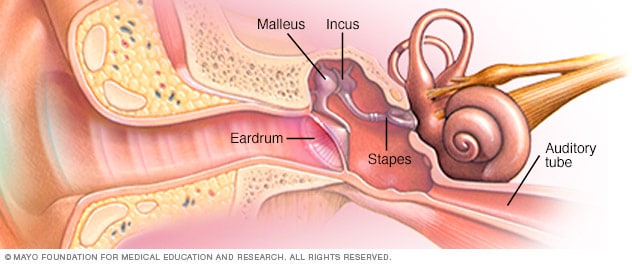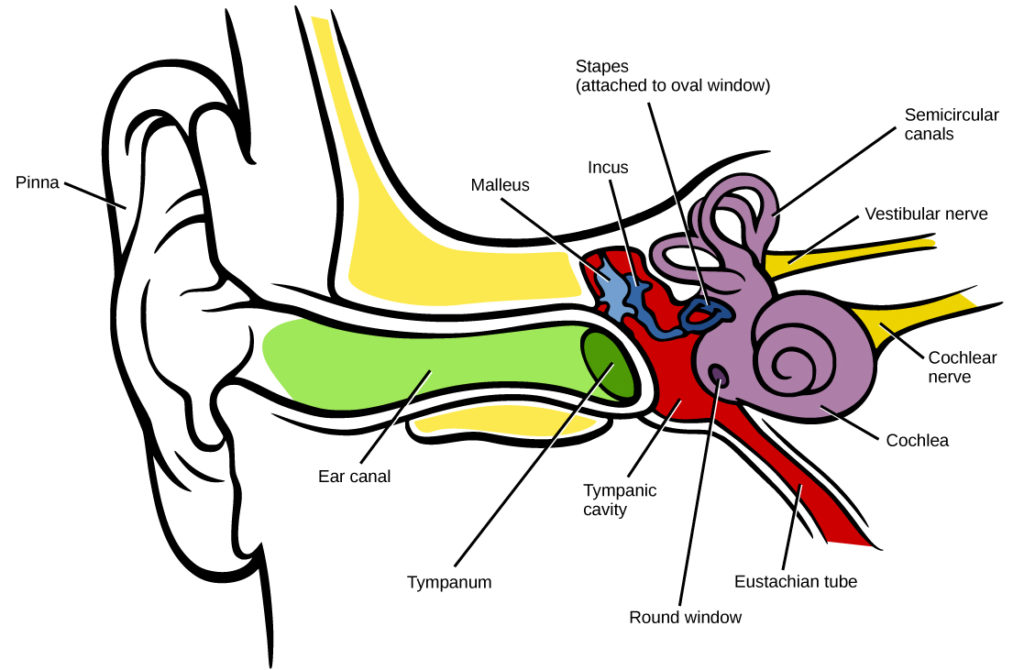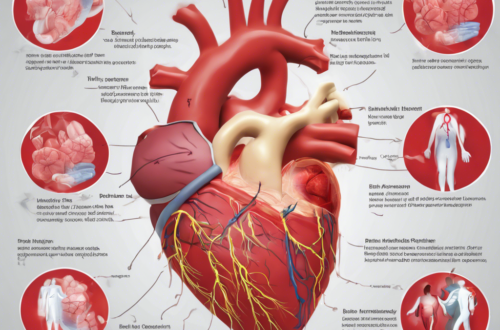Introduction
Overview of human hearing ability
Understanding human hearing ability is essential in comprehending how individuals interact with the world through sound. From perceiving the faintest whisper to hearing loud noises, the human ear is a remarkable sensory organ that plays a crucial role in this process.Explanation of the role of the ear in hearing
The ear consists of three main parts: the outer ear, middle ear, and inner ear, each with distinct functions. Sound waves enter the outer ear, travel through the middle ear where they are amplified, and then reach the inner ear where they are converted into electrical signals for the brain to interpret. This intricate process enables individuals to experience the richness of auditory sensations.
Anatomy of the Ear
Structure of the outer ear
The outer ear, consisting of the pinna and the ear canal, plays a critical role in capturing sound waves and directing them towards the eardrum. Its unique shape helps in localizing where the sound is coming from, enhancing the listening experience for individuals.Function of the middle ear
Situated between the outer and inner ear, the middle ear contains the ossicles – the smallest bones in the human body. These bones, namely the hammer, anvil, and stirrup, work together to amplify sound vibrations received from the eardrum before transmitting them to the inner ear for further processing.
How Sound Waves Travel
Process of sound entering the ear
In the process of sound entering the ear, the outer ear, which includes the pinna and ear canal, captures sound waves and directs them towards the eardrum. The unique shape of the outer ear helps individuals localize where the sound is coming from, thus enhancing their listening experience.Transmission of sound waves through the ear
Situated between the outer and inner ear, the middle ear holds the ossicles – the smallest bones in the human body. These tiny bones, known as the hammer, anvil, and stirrup, work collectively to amplify sound vibrations from the eardrum before transmitting them to the inner ear for further processing.
The Inner Ear Mechanism
Explanation of the cochlea
When the sound vibrations reach the inner ear, they enter the cochlea, a spiral-shaped, fluid-filled organ responsible for converting sound waves into electrical signals. The cochlea is lined with tiny hair cells that move in response to the vibrations, triggering nerve impulses that are then sent to the brain for interpretation.Role of the tiny Jell-o violin in the ear
Within the cochlea is a unique structure called the basilar membrane, often likened to a tiny Jell-o violin. This membrane plays a crucial role in detecting different frequencies of sound. As sound waves travel through the cochlea, specific regions of the basilar membrane vibrate in response to varying pitch levels, allowing us to perceive different sounds clearly.
Hair Cells and Auditory Nerves
Function of hair cells in the ear
Deep inside the cochlea, tiny hair cells play a vital role in translating sound vibrations into electrical signals. These delicate cells move in response to sound waves, converting them into nerve impulses, which are then transmitted to the brain for processing. The hair cells’ ability to detect different frequencies allows us to distinguish various sounds with precision.Transmission of signals to the brain through auditory nerves
Once the hair cells have converted sound waves into electrical signals, these signals are carried by the auditory nerves to the brain. These nerves act as messengers, transmitting the information gathered from the hair cells to the brain, where it is decoded and interpreted. Through this intricate process, we are able to perceive and make sense of the sounds around us.
Facebook
Twitter
LinkedIn






